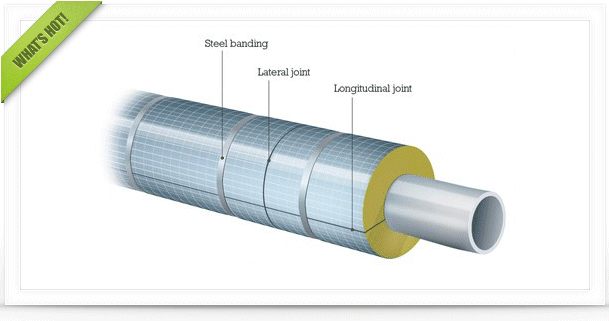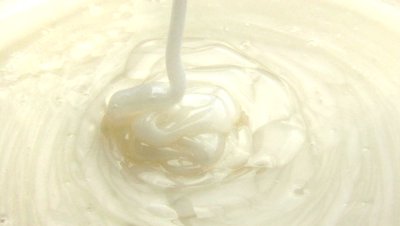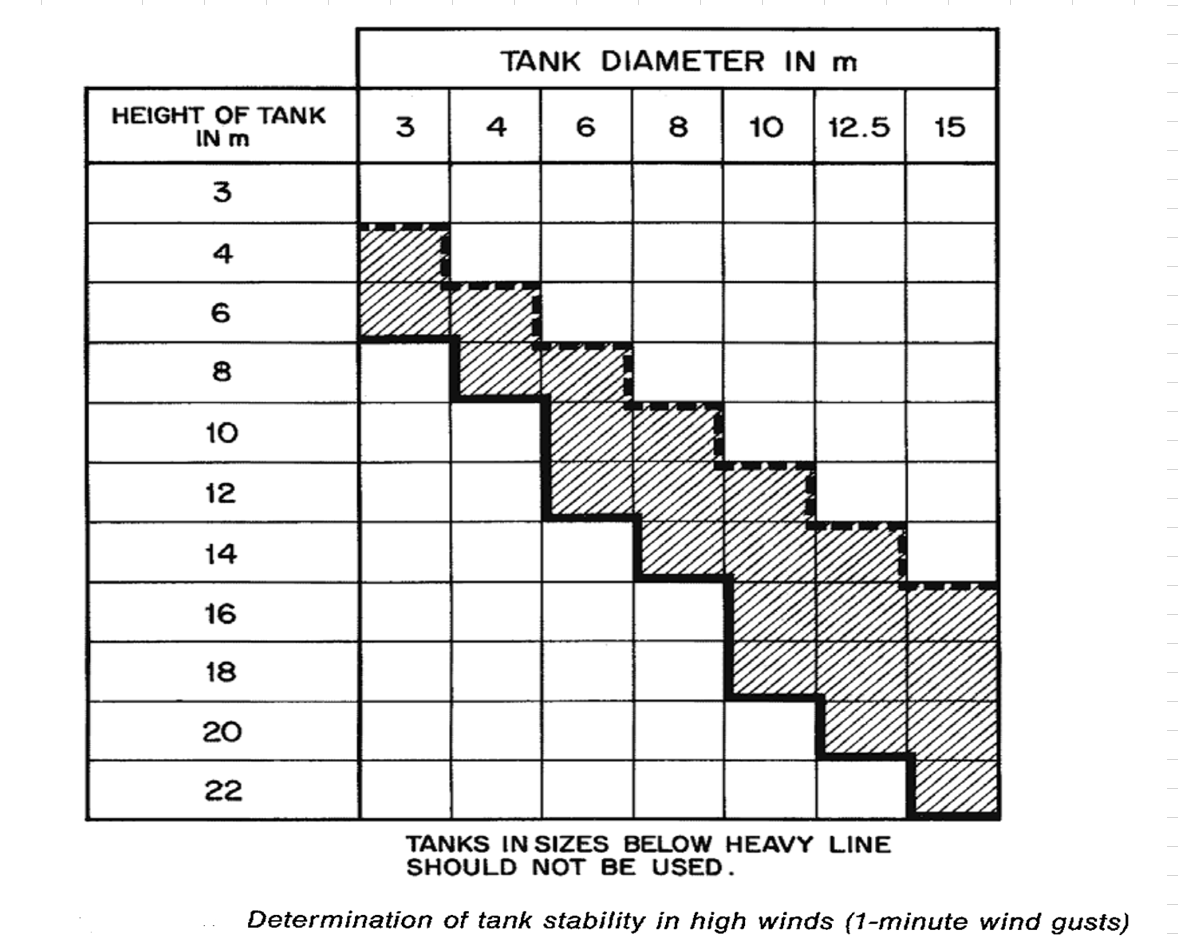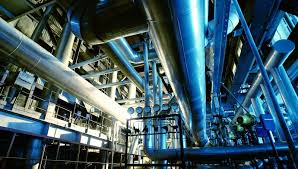Imagine an indoor space with a slightly permeable wall separating it from the outside (leaking windows, for example). The indoor space has humidity and pressure control, so it is 10 Pa positive relative to the outside, and the dew point is roughly 17C. This makes the partial pressure of the water vapor approximately 2 kPa.
A colleague asserts that if the outdoor dew point is 22C, so the partial pressure of the water vapor is approximately 2.6 kPa, that water will penetrate into the indoor space even though the total pressure is higher indoors.
Do you agree?

 FB
FB









